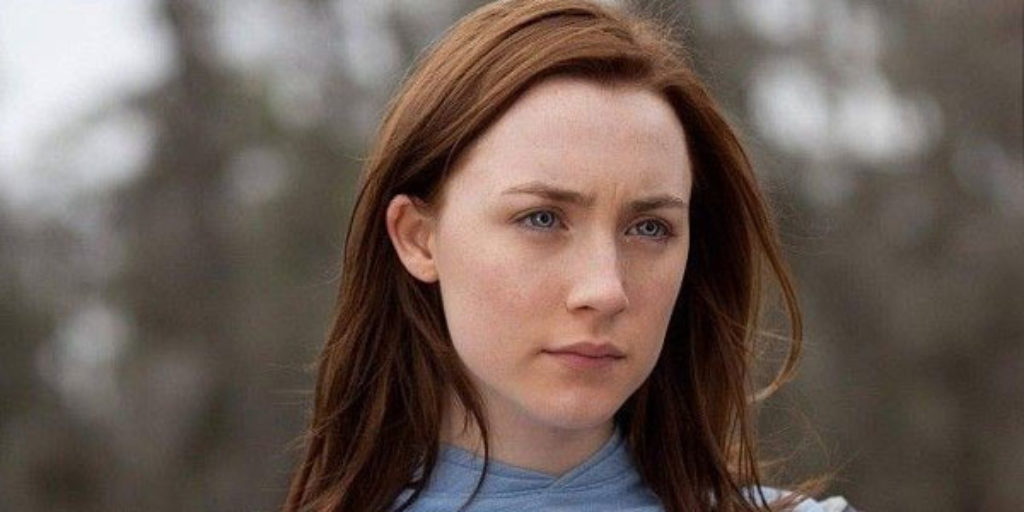
The Parks think nothing of endangering themselves in their quest to find Hyun-seo. In a perilous moment, Grandpa urges his children to find safety and wants to tangle with the creature alone. When a small boy ends up sharing Hyun-seo’s concrete prison, she bravely cares for the child with a selfless, maternal resolve—actions that seem all the more poignant since she had no one to model that behavior for her (mom abandoned her and Kang-du as soon as she was born). Kang-du eventually adopts the orphaned boy himself. During the initial rampage in the park, Kang-du and a young American don’t flee the beast, but heroically team up to try to rescue people.
Tired of hearing Nam-il and Nam-joo run down their brother and blame him for Hyun-seo’s predicament, Grandpa comes to Kang-du’s defense, calls him smart and accepts personal responsibility for some of the young man’s deficiencies. He also empathizes with his son—imagining the heartbreak of a parent who has just lost a child—and scolds the thoughtless sibs for being unkind. Their quest reveals the strength and resolve of family, as well as the value of a single life. Those who survive do achieve a certain personal redemption.
None.
Despite a lot of creature violence, the carnage isn’t unduly explicit, and much is left to the imagination. (By way of comparison, it’s probably just a tad stronger than Jurassic Park.) Specifically, the monster grabs a girl by the head and drags her off. It also traps people in a trailer and, judging from their screams and traces of blood, munches a few. The tentacle-like tail hurls victims into the river or slams them on the ground. Elsewhere, legs and other body parts protrude from the beast’s mouth. A U.S. serviceman gets stepped on. After a man leaps to his death from a bridge, a news anchor reports that only half of his body was found.
The Parks acquire guns, and shoot at the monster. Nam-joo fires arrows at it, getting tossed aside violently at one point. Nam-il unleashes a barrage of Molotov cocktails, and the monster catches fire. It also gets impaled on a metal pole. Two young brothers are chased and (presumably) attacked, and one dies. A few jump scenes find the creature popping into frame. It swoops down to grab unsuspecting men. It also gulps down nondescript victims and, at one point, vomits out scores of human bones.
Additionally, angry siblings fight, hitting and kicking each other. Grandpa slaps his sons in frustration. They all scuffle with police and other authorities who are trying to detain them. A vagrant breaks a bottle over a guy’s head. Kang-du is abused by physicians eager to extract tissue samples, and others wanting to study his brain. He grabs a woman as a hostage and threatens to expose his captors to a virus unless they let him go. The United States and South Korea plan to unleash a biochemical weapon on the waterfront, which leads to angry protestors mixing it up with riot police.
Viewers reading along with the Korean subtitles will encounter three-dozen profanities, one-third of them f-words. They also get hit with several s-words, and exclamations of “g–d–n” and Jesus’ name.
Grandpa smokes a cigarette. Kang-du gives his young daughter a beer and says it’s OK because he was in middle school when he started imbibing. While trapped in the sewers, Hyun-seo craves a cold beer and determines that it’s the first thing she’ll have when she gets home. Nam-il reportedly shows up drunk at Hyun-seo’s school. At the memorial for his niece, he arrives with a whiskey bottle in his hand. People in the park throw beer into the water to attract the creature. Punctured beer cans spray their contents about. Doctors inject Kang-du with sedatives. Ignoring the environmental threat, a callous U.S. official orders that hundreds of bottles of formaldehyde be emptied into a sink that leads to the river.
Kang-du is a moocher who takes change from his father’s cash register and nibbles food off a customer’s plate before delivering it. People offer bribes. A pair of homeless brothers scavenges for (read: steals) food. Talking to his daughter, Kang-du disrespects his father, calling him a “geezer.”
The Host has benefited from significant international buzz, as well as high praise from prominent American critics. Variety trumpeted its uniqueness and predicted “instant cult status.” New York Magazine called it “one of the greatest monster movies ever made.” And it inspired the New York Times to boast, “The best film … at this year’s Cannes Film Festival.” From a filmmaking standpoint, it deserves those kudos. Instead of resorting a gratuitous, gross-out feeding frenzy, the slimy freak of nature becomes an eye-popping, skin-crawling means to an end, that being to introduce issues and explore the growth of sympathetic characters.
Like all good science fiction The Host is about more than meets the eye: Government smoke-screens. Confronting demons of our own making. What being a family really means. Despite dragging a bit before the final, bittersweet act, The Host‘s ebb and flow of intense chases, lighter moments and pathos is effective … and moving. At a time when scary movies seem committed to one-upping each other with torture, gore and sexualized violence, it’s refreshing to see an old-fashioned creature feature that, while certainly more intense than Godzilla, resists the temptation to go over the top—and includes no sexual content at all. If only the language had been equally restrained.